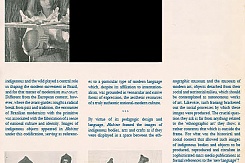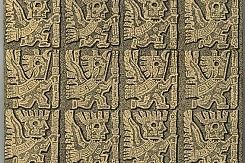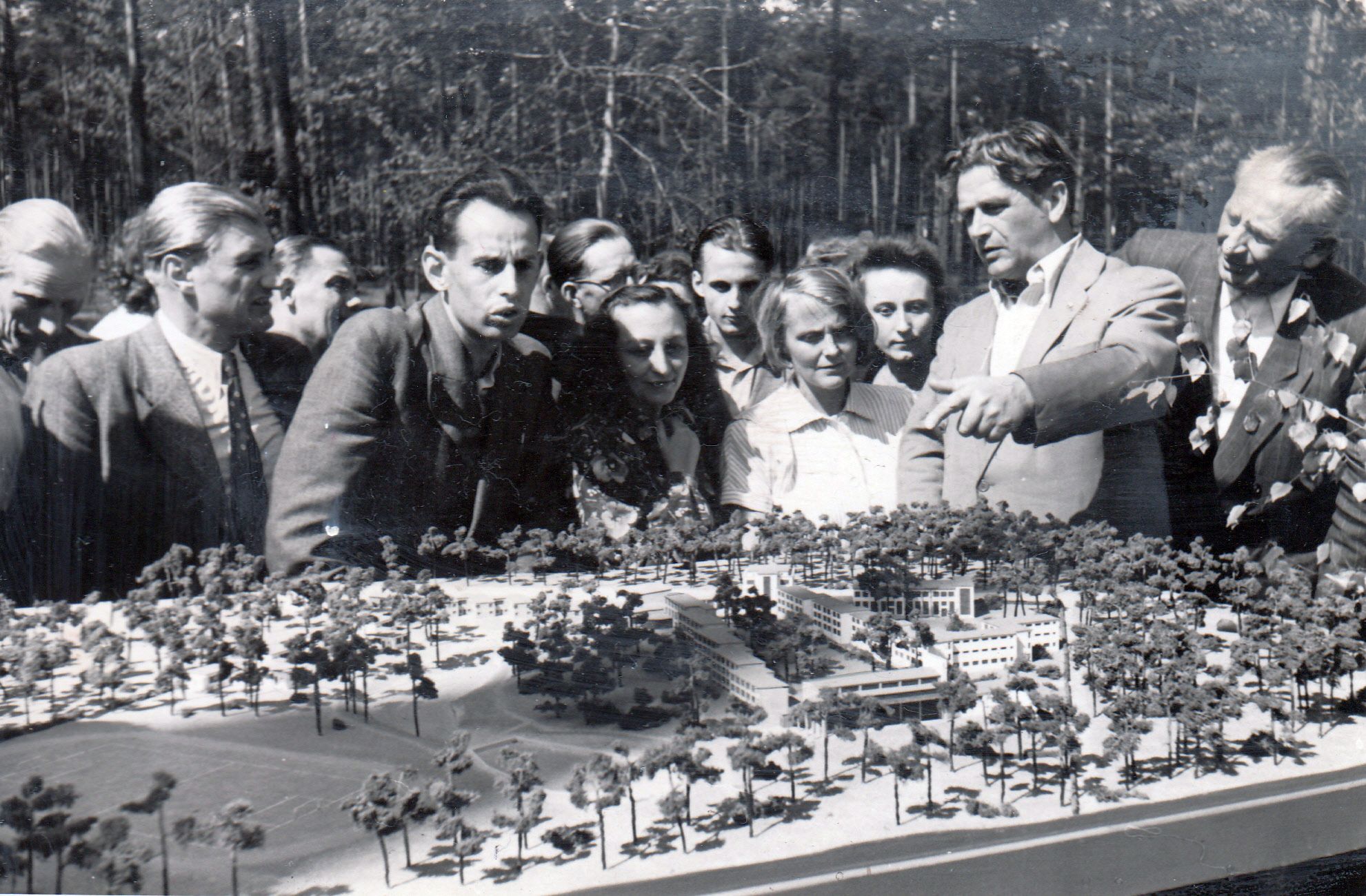The title bauhaus imaginista hints at the imaginative possibilities that were opened up by the Bauhaus and the multilayered interpretations that the term still denotes today. Between archival materials and contemporary contributions, the project translates historical perspectives into contemporary questions: How might culture be reimagined in the spirit of the Bauhaus as a social project today? What kinds of institutions would such a project need? And in what ways does the Bauhaus still stimulate visionary practices and discourses today
The exhibition discusses avant-garde art schools in India and Japan as parallel histories of modern educational reforms. It traces the study of pre-modern crafts at the Bauhaus and by Bauhaus students in North and Central American exile as well as their politicization in post-revolutionary Mexico, independent Morocco and Brazil. It shows translations of Bauhaus design approaches in China, Nigeria and the Soviet Union, but also the innovative use of media at the Bauhaus, which impacts art and pop culture even today.
Following exhibitions, symposia and workshops in 2018 in Rabat, Hangzhou, Kyoto and Tokyo, São Paulo, Lagos, Delhi, New York and Moscow in collaboration with the Goethe-Instituts and local partners, the first three chapters of the exhibition and research project will be brought together at HKW and, for the first time, the fourth and final chapter will be shown. Still Undead explores experimental work with light, film, photography and sound based on Kurt Schwerdtfeger’s Reflecting Color-Light-Play. The apparatus will be demonstrated at the opening of bauhaus imaginista.

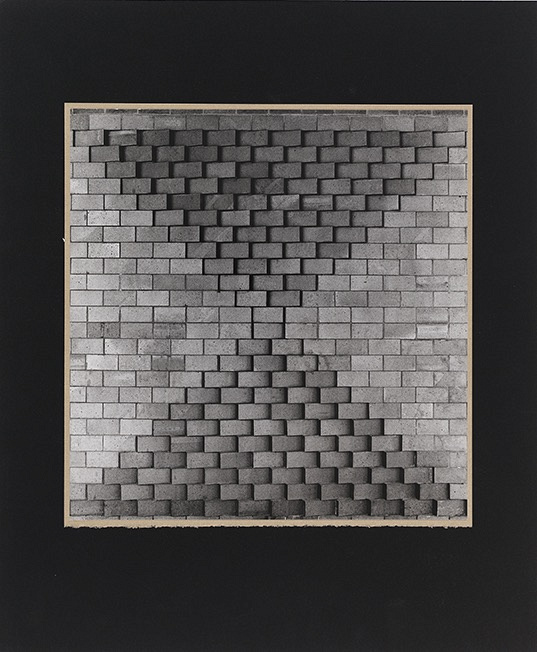

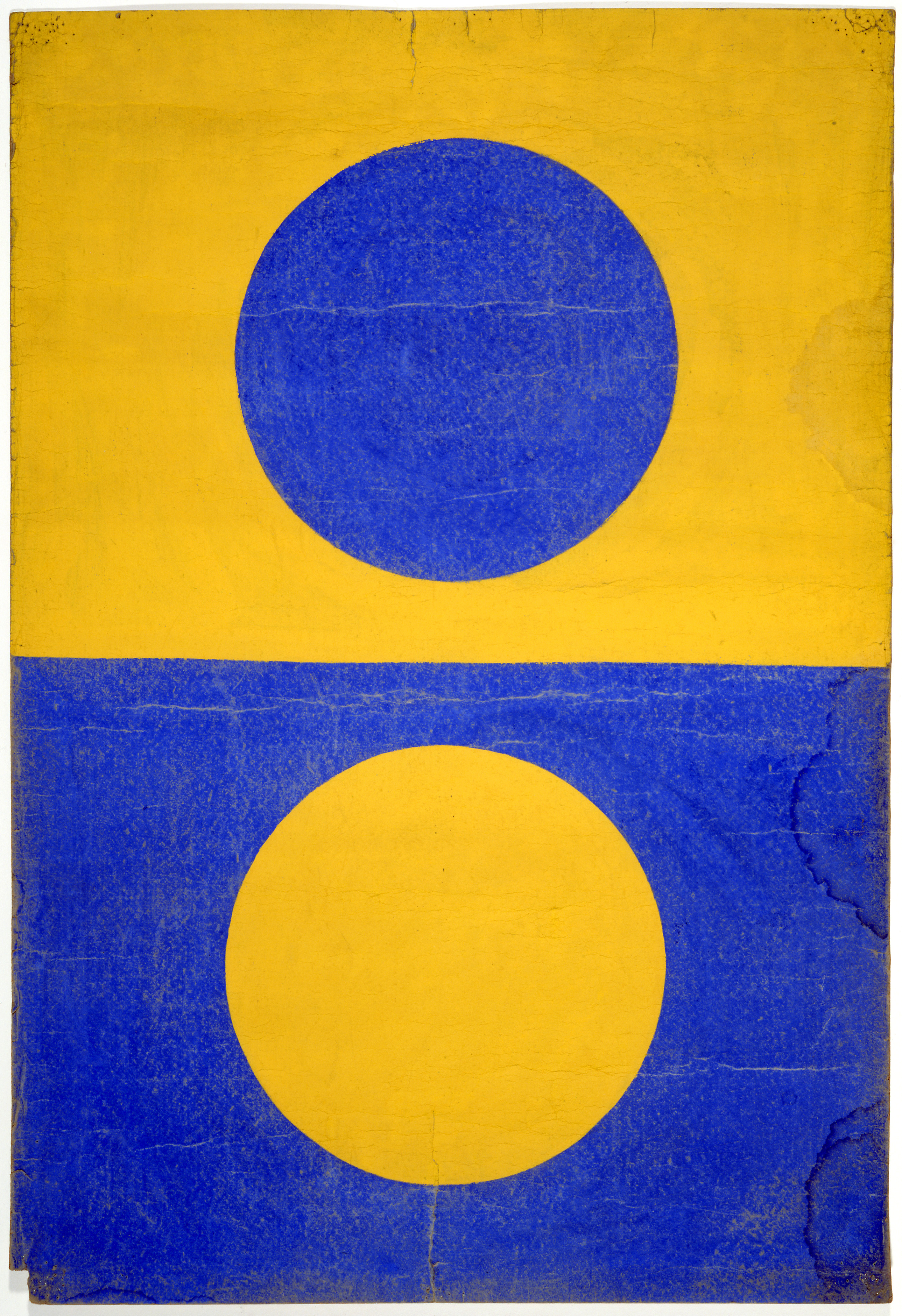



.jpg?w=245&h=163&c=1)
